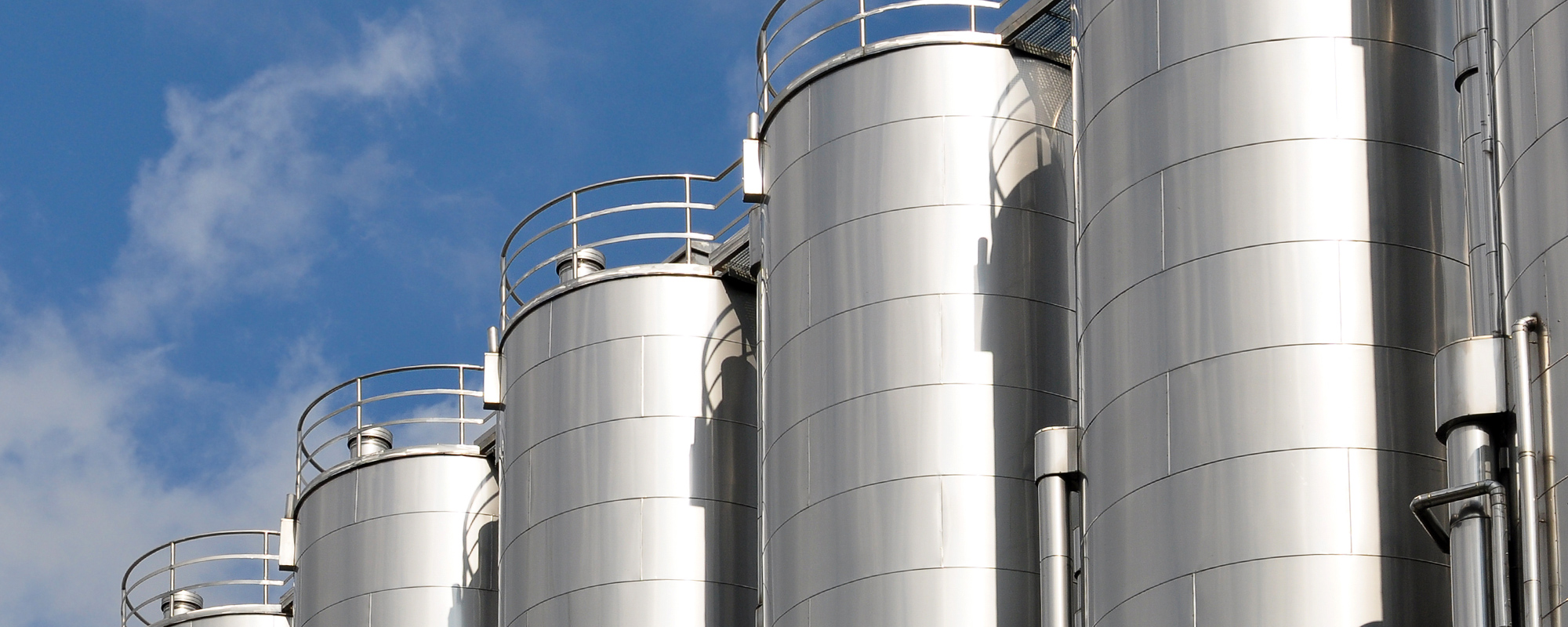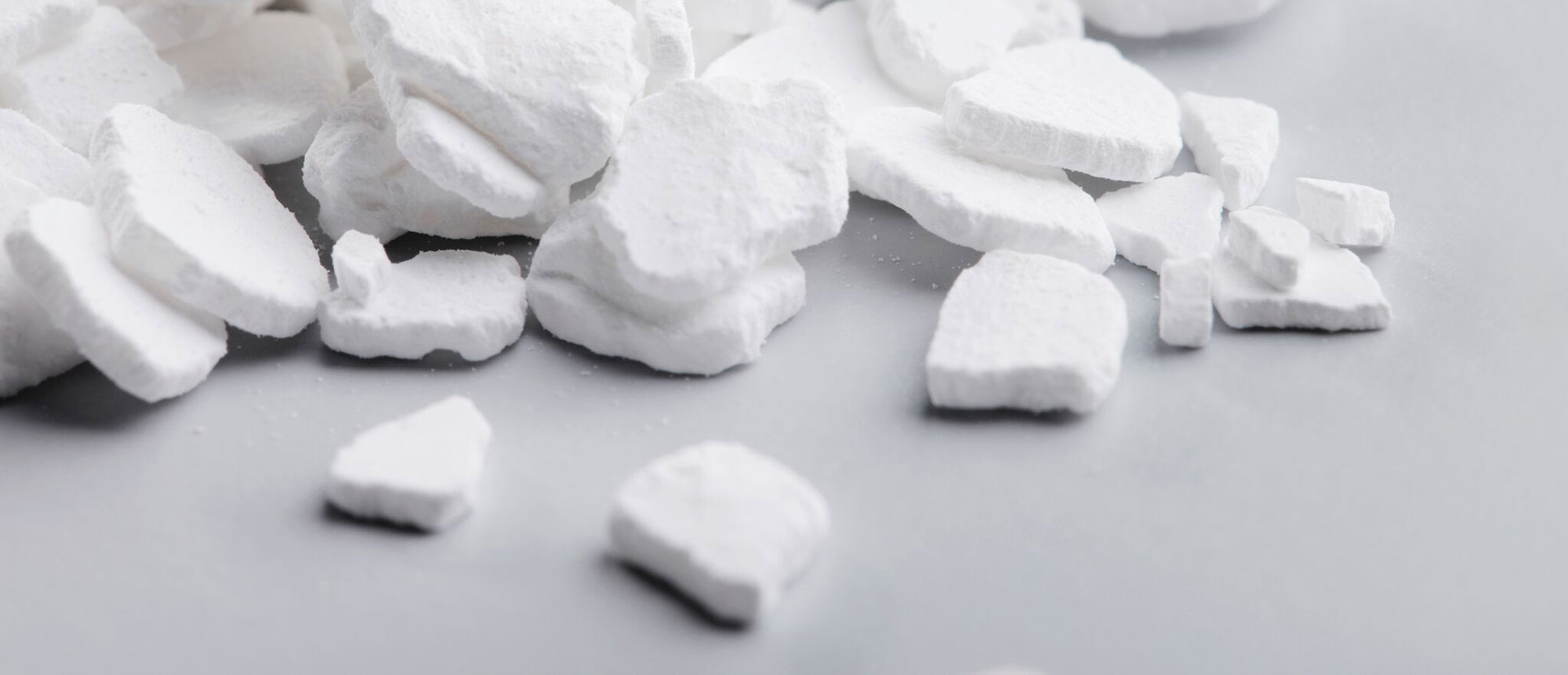-
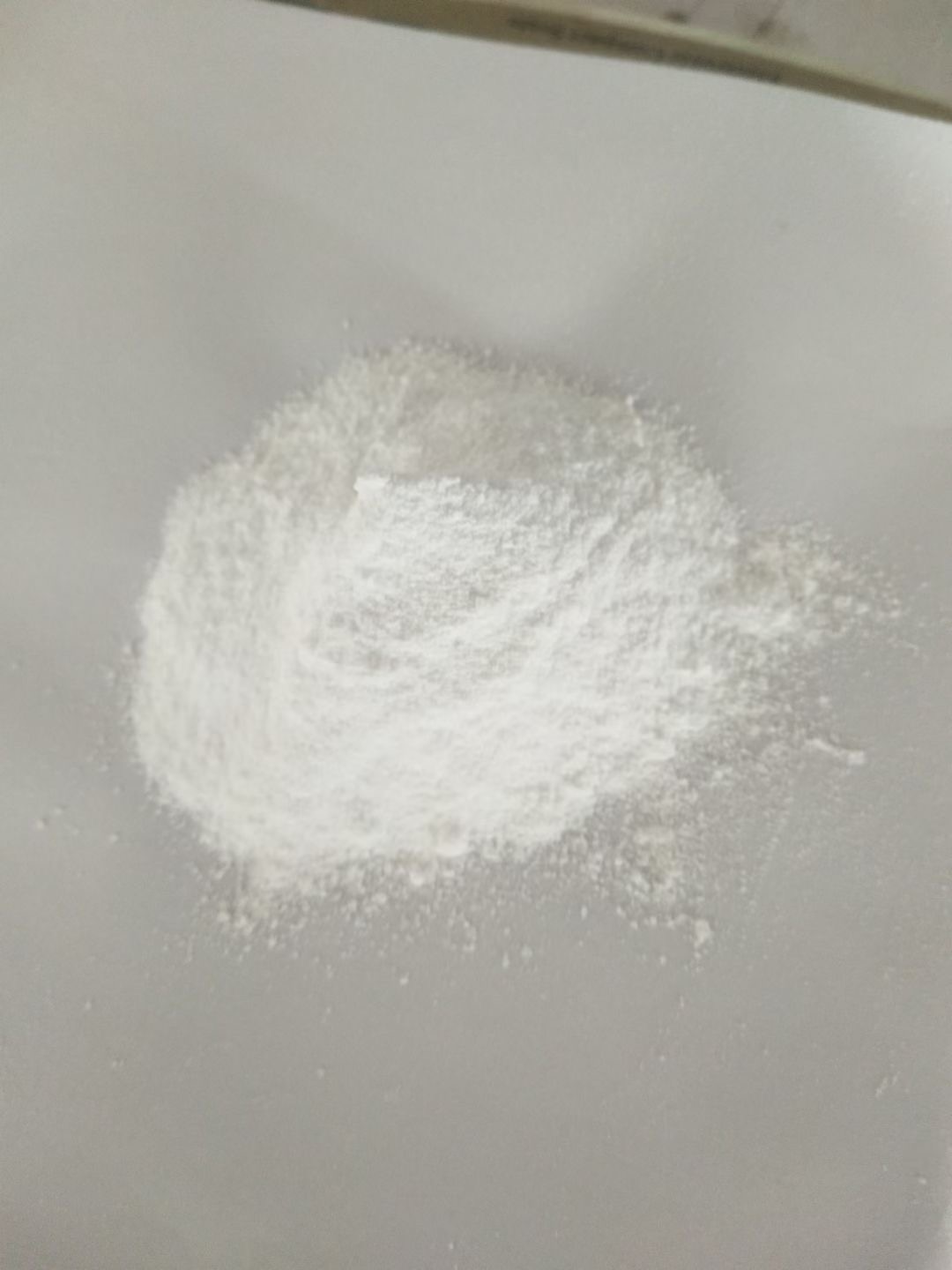
Magnesium Chloride Anhydrous-Magnesium Chloride 99%
Magnesium Chloride 99% Molecular Formula: MgCl2CAS No.: 7786-30-3Customs code: 28273100Appearance: white powder,white flake Application: 1. Used as water treatment chemicals…
-
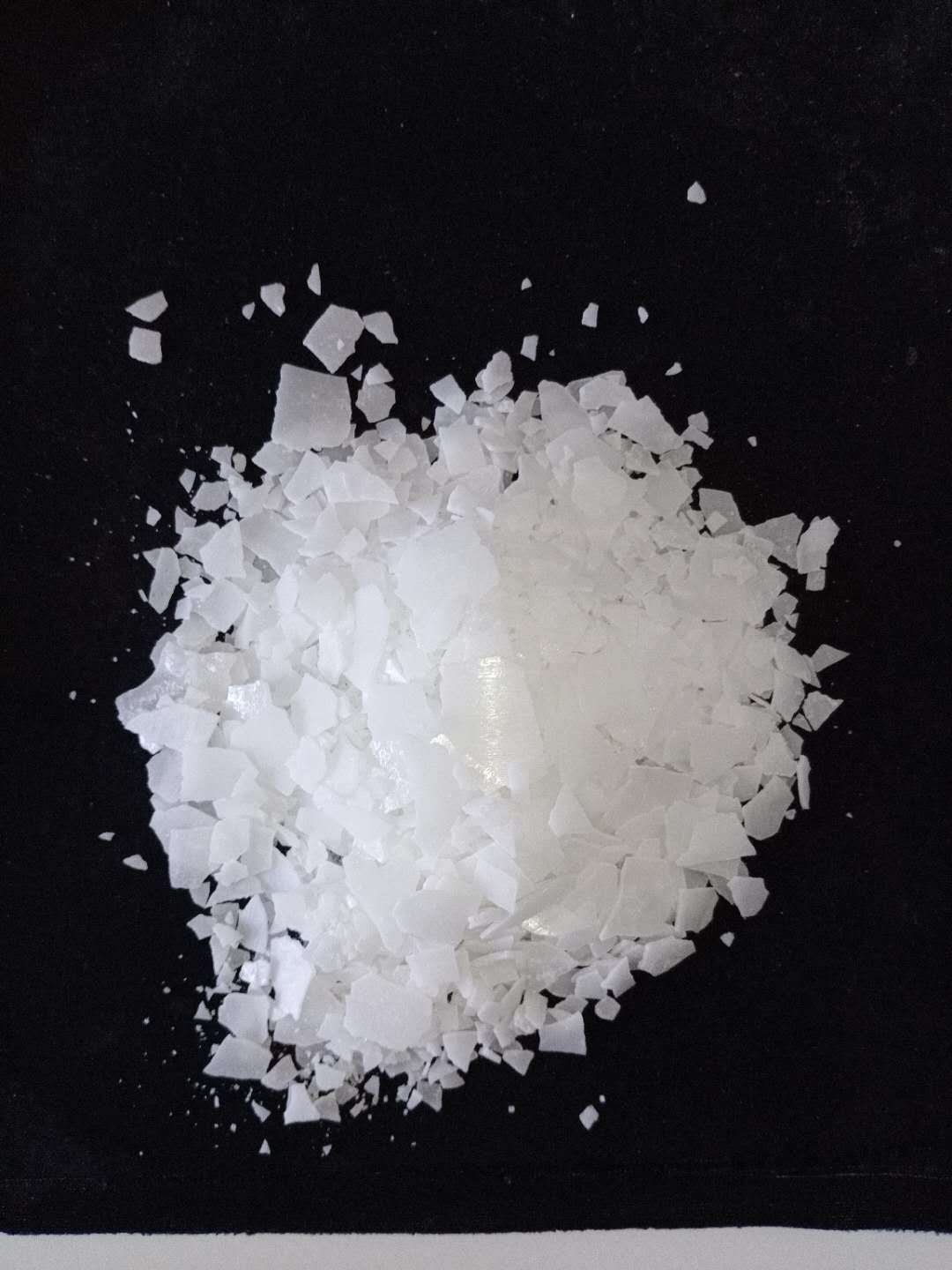
Magnesium Chloride 46% Flake
China Magnesium Chloride Hexahydrate(Magnesium Chloride 46% Flake) factory, Exporter, Manufacturer in China. CAS Number: 7791-18-6 HS CODE:2827 310000 Molecular Formula:…
-
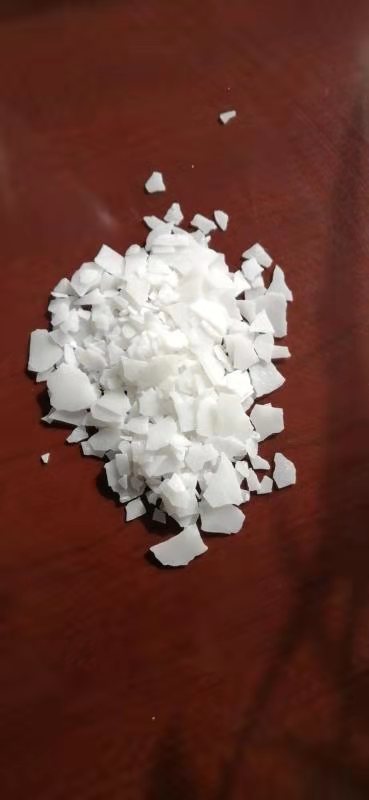
Magnesium Chloride Hexahydrate
Molecular Formula: MgCl2*6H2OProperties: 7791-18-6Customs code: 28273100Appearance: white granule/prill,white flake Application: 1. Used as water treatment chemicals As a source of…
-
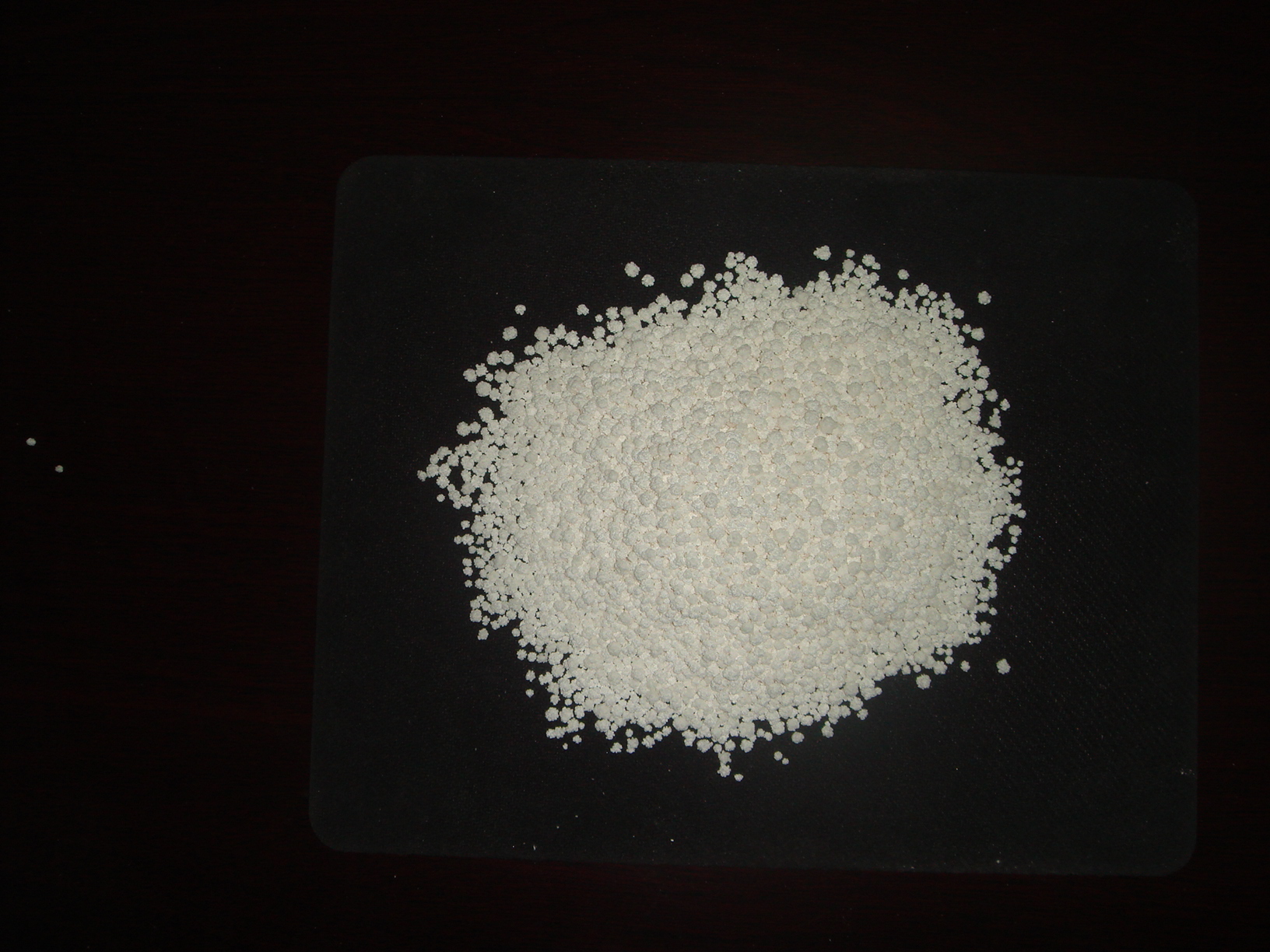
Calcium chloride anhydrous
Anhydrous calcium chloride Molecular:CaCl2CAS NO: 10043-52-4HS CODE: 2827200000Appearance: White Prill,White powder Check Item Standard Check Conclusion Content(CaCl2) % ≥ 94 94.42 NaCl…
-

Calcium Chloride 77% Flake
Calcium Chloride for Oil & Gas Drilling Calcium Chloride is used in establishing and maintaining oil and gas wells. It…
-

Anhydrous calcium chloride-calcium chloride 94-97%
Anhydrous calcium chloride CAS No.: 10043-52-4 Formula: Cacl2 EINECS: 233-140-8 HS CODE:2827 200000 Anhydrous calcium chloride refers to calcium chloride…
-

Calcium Chloride Dihydrate
Calcium Chloride Dihydrate, with the chemical formula CaCl2·2H2O, is a hydrated form of calcium chloride. It appears as a white…
-

Food Grade Spherical Calcium Chloride
1. Basic Information:Calcium chloride, a salt composed of chlorine and calcium elements, has the chemical formula CaCl2. It exists as…
-

Food Grade Flaked Calcium Chloride
Food-grade calcium chloride is a food additive commonly used in food processing to provide specific functions and characteristics. Here is…
Home>products

